The 2016 Turner Classic Movies Film Festival: Even More Adventures in Paradise – Part 3
 The adventure continues . . .
The adventure continues . . .
I know that there’s been a pretty hefty gap since my last post on this year’s TCM Film Festival – I have to admit that a series of real-life events, like my younger daughter’s prom, ballet recital, and graduation (sniff!) intervened, and knocked me a bit off track. But I’m back with a vengeance now, still basking in the TCMFF glow, and hoping you won’t mind coming along on this slightly delayed, continued adventure!
The first three films I saw at the festival could hardly have been more different from each other in tone, content, and era. The first was Los Tallos Amargos (1956), an Argentinian feature described by noir historian Eddie Muller as “hard core noir.” Winner of Argentina’s Silver Condor Award (the equivalent of an Academy Award) in 1957 for Best Picture and Best Director, the picture was considered lost until it turned up in a private collection in 2014 and was restored by the UCLA Film and Television Archive.

The cinematography in Los Tallos Amargos was something to behold.
Los Tallos Amargos, which means “The Bitter Stems,” focuses on a reporter who, along with a Hungarian expatriate, cooks up a lucrative scheme for a fake journalism correspondence school. Things start to slide to the left, though, when the reporter begins to suspect his partner’s motives, resulting in a shocking murder and a satisfying noir twist at the end. The cinematographer on the film was a protégé of Gregg Toland (the photographer for such films as Citizen Kane, The Little Foxes, and Wuthering Heights, for which he won an Oscar), and the score was composed by Astor Piazzolla, the innovator of nuevo tango music.
“It is an exemplary example of film noir – an extraordinary film, really,” Muller said when introducing the film. “If you entered the theater in a good mood – sorry. Because you are about to experience film noir the way film noir is supposed to be.” (I didn’t quite share Muller’s effusive view of the movie, but it was definitely worth my time, and one which I’d like to see again.)

Dietrich was AWESOME in this film. As were her clothes.
The second movie I saw was Shanghai Express (1932), starring Marlene Dietrich and directed by Josef von Sternberg. Before the film was aired, von Sternberg’s son, Nicholas, was interviewed by film historian Jeremy Arnold (author of the recently released The Essentials: 52 Must-See Movies and Why They Matter). Nicholas told the packed crowd that his father, born Jonas Sternberg, came to this country from Austria at the age of 7 and started his Hollywood film career in 1921. In an effort to “Germanize” his name, the director added the “von,” which elicited a negative reaction from Variety.
“My dad liked that [reaction], so he kept the ‘von,’” Nicholas sad.
Von Sternberg discovered Marlene Dietrich in a play, leaning up against a wall, Nicholas said, and felt that she would be perfect for the part of Lola Lola in The Blue Angel (1930), according to Nicholas. The two went on to do a total of six pictures together; the biggest success was Shanghai Express.

This was my first Anna May Wong movie. She was all that.
“Marlene did everything my father asked her to do, and then she also added to it,” Nicholas said. “She was the perfect person to use in front of the camera for him.” (Nicholas received a rousing response from the audience when he shared that he knew Dietrich as well: “She was wonderful to me,” he said. “I used to sit on her lap when I was growing up.”)
In Shanghai Express, Dietrich plays Magdalene, a prostitute better known as Shanghai Lily, who encounters an old flame (Clive Brook) aboard a train headed for Shanghai. The train is populated by a mélange of quirky characters, including Mrs. Haggerty (the always outstanding Louise Closser Hale), who is focused on smuggling her beloved dog across country; Hui Fei (Anna Mae Wong), Lily’s friend and fellow lady of the night; Henry Chang (Warner Oland), a mysteriously sinister Eurasian; and Sam Salt (Eugene Pallett) who, according to his self-assessment, will “bet on anything under the sun going right or wrong.” Like the other two features that served as my opening to the TCM film festival, I’d never seen Shanghai Express before – and I loved every second; the performances, the dialogue, the cinematography, the fashions! It was the bomb dot com.

Coppola providing direction to Hackman in The Conversation.
The last of my first three films was The Conversation, which was preceded by an interview with director Francis Ford Coppola. In introducing Coppola, TCM host Ben Mankiewicz told the audience that in 1970, Coppola co-wrote the screenplay for Patton, in 1972 co-wrote and directed The Godfather, in 1974 wrote and directed The Conversation and The Godfather Part 2, and in 1979 co-wrote and directed Apocalypse Now.
“I defy you to find any director in American history,” Mankiewicz said, “that had a better decade.”
The Conversation stars Gene Hackman as a paranoid surveillance expert who overhears a conversation that leads him to believe that a murder is going to be committed. The film opens with an extended scene featuring Hackman’s character and co-star John Cazale taping the conversation of a couple in a park.

Coppola actually placed cameras on the tops of nearby buildings.
“We did it the way they would have done it. We actually put the cameras on these tall buildings, as if we were really doing this surveillance job,” Coppola explained. He also recalled that Hackman was very uncomfortable portraying such an unpleasant character. “He later told me that it was the favorite performance he had ever given.”
Of the three movies, The Conversation was my least favorite, but it’s so highly acclaimed that I feel I must’ve missed something and should give it another try. I’ll work on it.

Inside the Chinese Multiplex. The calm before the storm.
Miscellaneous Stuff:
On the first evening of the film festival, my friend Kim and I stayed so long at the red carpet (Margaret O’Brien took a REALLY long time to make her way through the reporters, and I refused to leave without seeing her close up!) that we missed the first movie that we’d planned to see. So, while waiting for Los Tallos Amargos, we decided to pass the time at the bar inside the Chinese Multiplex, where we had a great conversation about old movies with the bartender, Josh. We’d been there about an hour when the theater’s fire alarms went off, and the entire place had to be evacuated. So there we were, with hundreds of other TCM classic film fans, standing in the hallway in the mall. It was actually a lot of fun – I saw several friends, took some pictures, even did an Instagram video where I re-enacted a scene from Who’s Afraid of Virginia Woolf. (“What. A dump!”)
In the Chinese Theater, while waiting for The Conversation to begin, I chatted with a lady sitting next to me. It turned out that she was the wife of Charlie Tabesh, TCM Senior Vice President for Programming and Production. And after a few minutes, her hubby stopped by, so I got to meet him! I was uncommonly excited about this serendipitous close encounter.
Stay tuned for more from the 2016 TCM Film Festival . . .


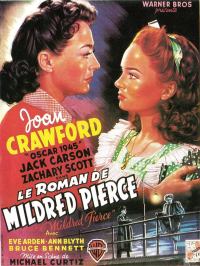




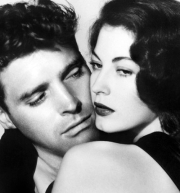




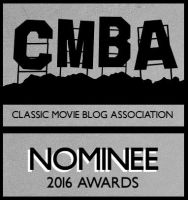








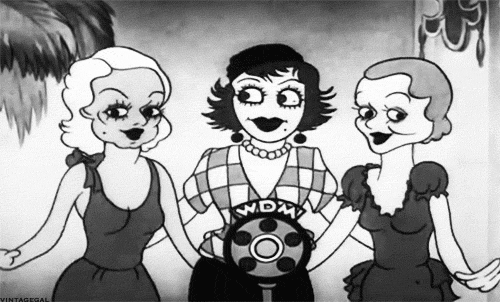
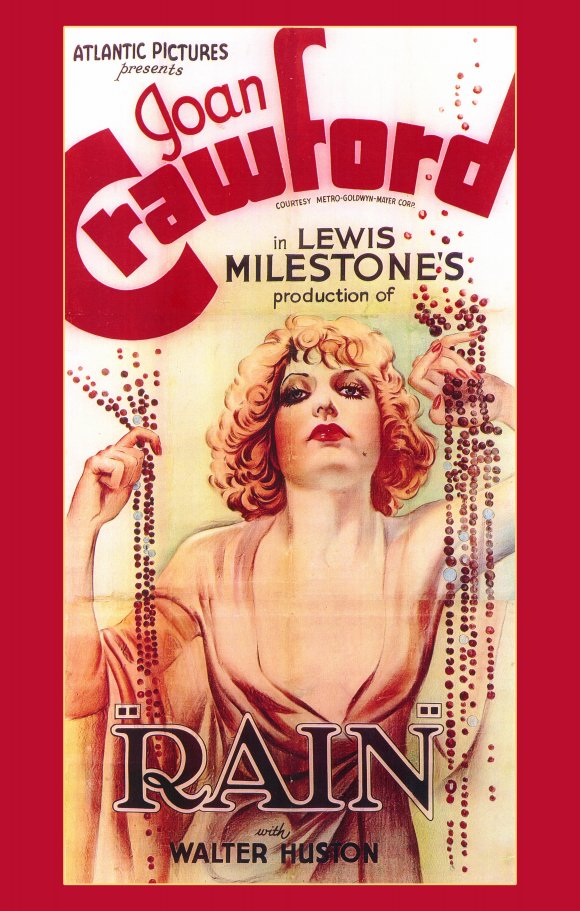

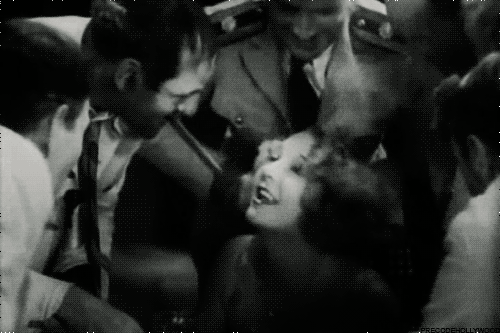
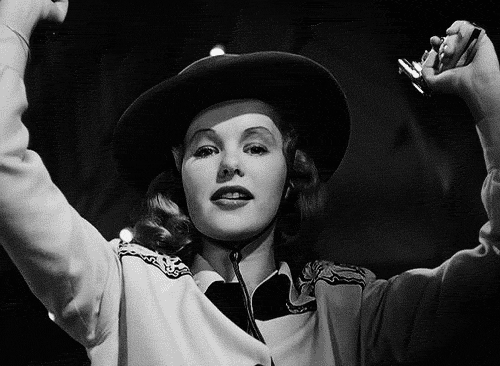

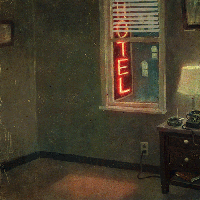
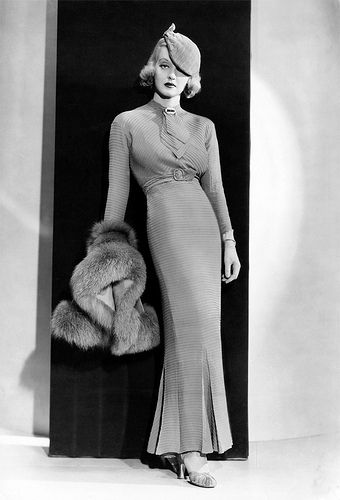



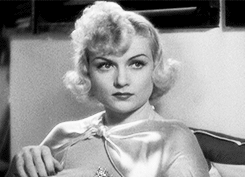





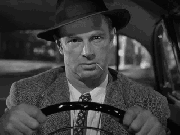
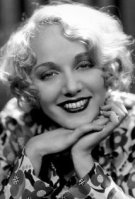
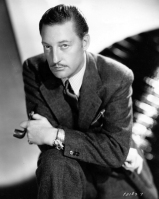
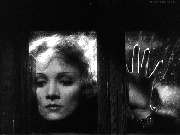


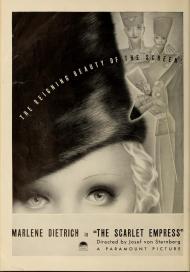
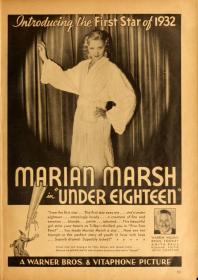
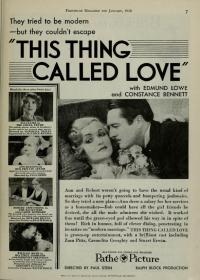


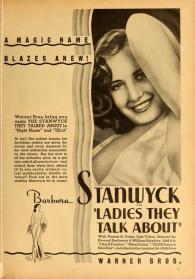


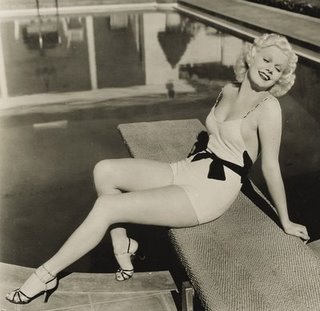
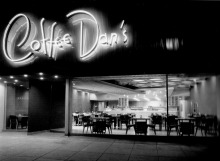



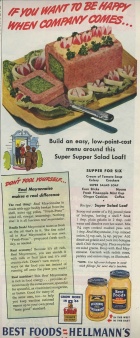
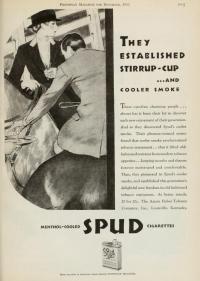

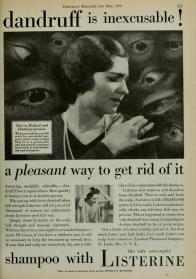
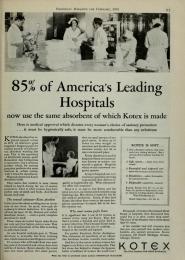
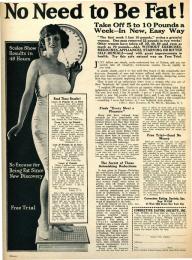


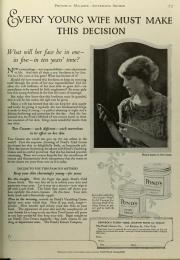
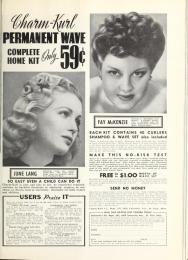
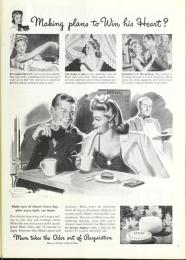


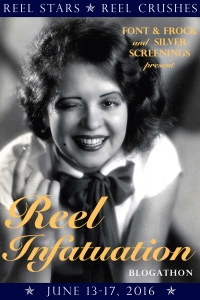

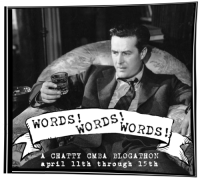

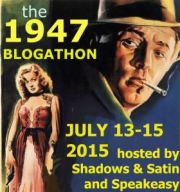
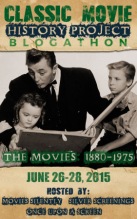


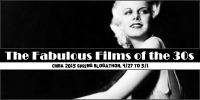
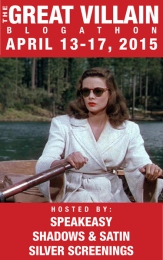

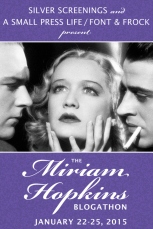
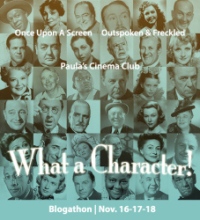
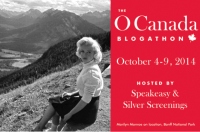



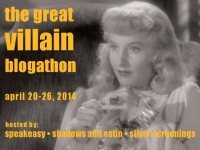
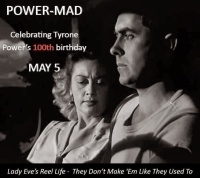


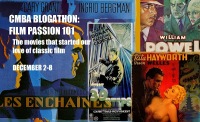
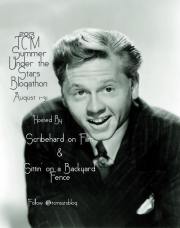
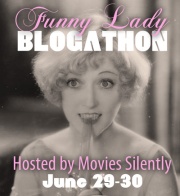


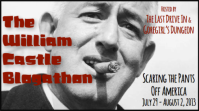

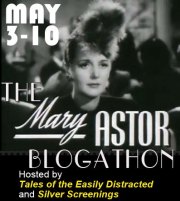


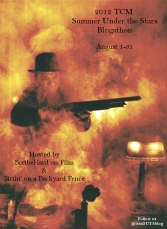


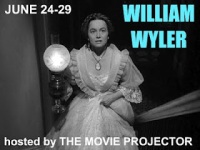

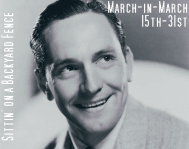
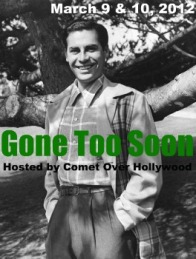


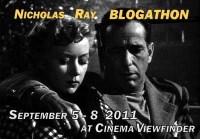

Love The Conversation and Los Tallos sounds VERY interesting. Thanks for putting it on my radar!
My pleasure! I hope you get a chance to see it!
The Conversation is a great film, but coming immediately after viewing a rare Argentinian Noir and Shanghai Express for the first time I’m not surprised you didn’t respond well to it. If you come back to it, may I recommend a double feature with another excellent early 70s Hackman noir, Night Moves, or even The Outfit, with Roberts Duvall and Ryan.
And I’m really hanging out for The Bitter Stems getting a blu-ray release.
You know, I have heard about Night Moves for years and years, and I’ve never seen it. I am going to follow your advice and check it out — and The Outfit, too! Thank you!
It was a surprise for me to see that TCM has programmed an argentine film. Congratulations
Thanks for the congrats, John, and for your comment! Hope to see you around these parts again soon. 🙂
THE CONVERSATION has been a favorite since seeing it on tv as a kid when it was relatively new, even as it was clearly Very Strange…and Wong was indeed All That and a bag of char siu bao. LOS TALLOS AMARGOS does sound very promising…looking forward to seeing it…and further congratulations on your anniversary…
Thanks so much for the anniversary congrats, Todd! I hope you’ll get a chance to see Los Tallos Amargos soon. I love your line about Anna Mae Wong being all that and a bag of char siu bao!! 😉